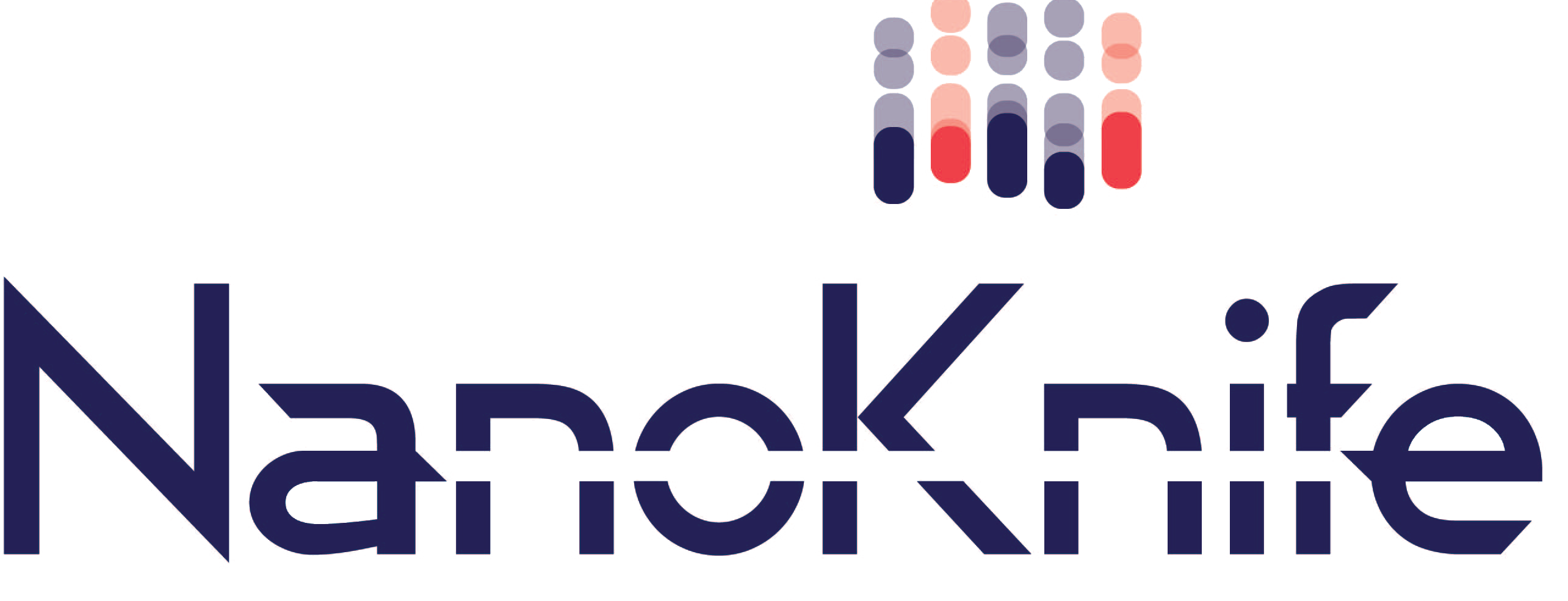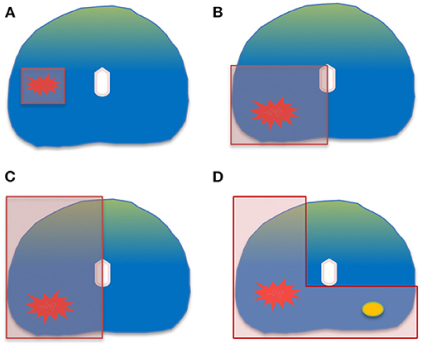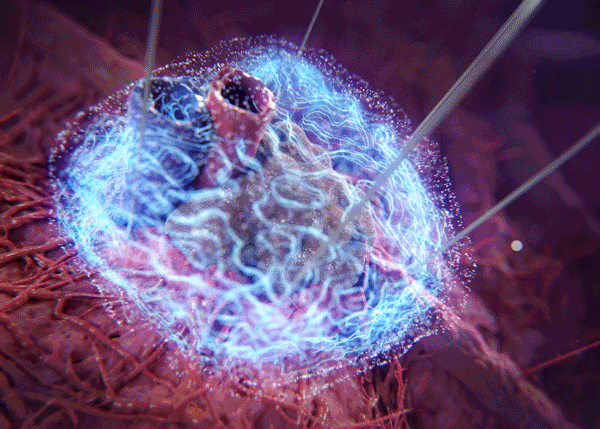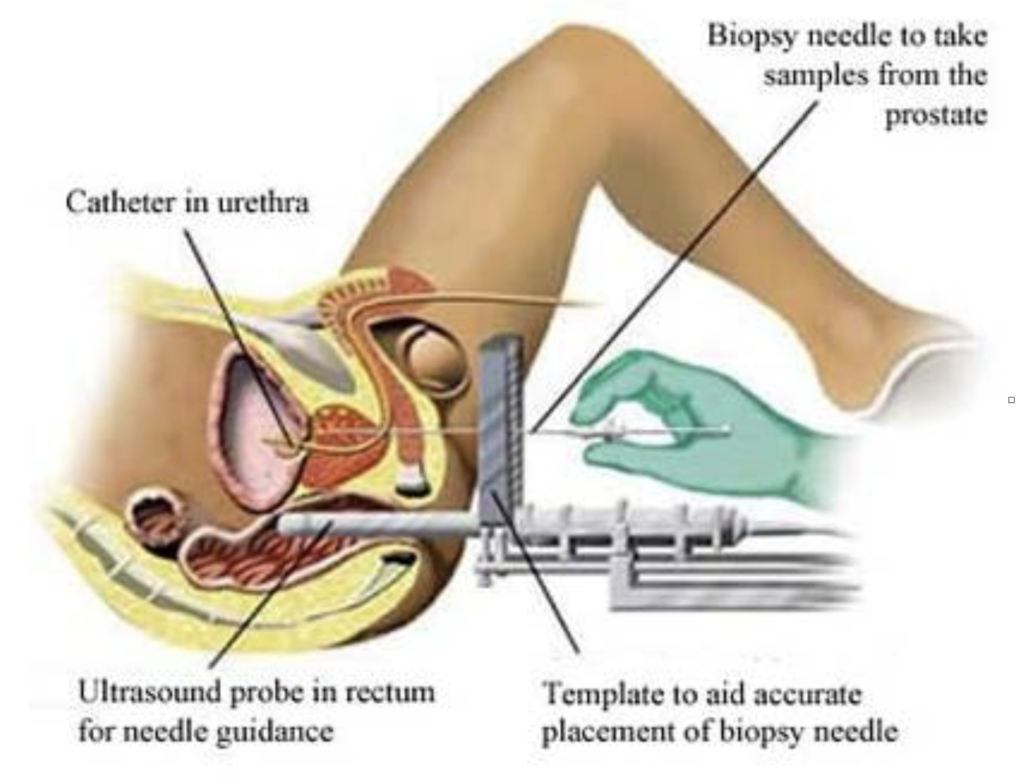
The Nanoknife Procedure is a form of Focal Therapy.
What is Focal Therapy?
Focal therapy is a form of prostate cancer treatment that treats part of the prostate that are only contain the main or significant cancer, while leaving the rest of the prostate intact and unaffected. Prostate cancer is usually multi-focal, i.e. there are usually several areas of cancer in the gland, but the dominant area will be larger and more aggressive than the rest. The aim is to eliminate this main or significant area of cancer, allowing the other areas to be monitored (or may not be even present).

There are a number of other forms of focal therapy:
High Intensity Focal Ultrasound (HIFU) which focuses ultrasound waves on parts of the prostate to heat these areas to kill the cancer cells.
Photodynamic therapy (TOOKAD) in which a dye is injected and then activated with a laser to cause death of cancer cells.
Focal Brachytherapy which places radioactive seeds into the area of the prostate containing the cancer.
Cryotherapy where probes are placed into the prostate, and cooled to produce an ice ball which destroys the area of the prostate containing the cancer.
None of these therapies have been particularly successful, and they can cause damage to surrounding structures such as the nerves, urethra and sphincter muscle, which are very important to maintain your sexual and urinary function.
In contrast, the Nanoknife procedure only kills the cancer cells, but leaves the surrounding structures undamaged.
Nanoknife Electroporation
NanoKnife or Irreversible Electroporation (IRE) consists of placing a number of electrodes into the prostate to surround the area of significant cancer. Short pulses of electricity using very high voltage are passed between the electrodes. This causes micropores to occur in all cells, including the cancer cells, which lead to their death.
This occurs by the process of apoptosis or natural (programmed) cell death. This does not cause inflammation which the other heat-based focal therapies do. Only cancer cells are damaged. Damage to other structures such as the nerves, urethra and sphincter are minimized.


The above diagram shows how the Nanoknife needles are placed into the prostate under ultrasound and MRI guidance with you asleep.